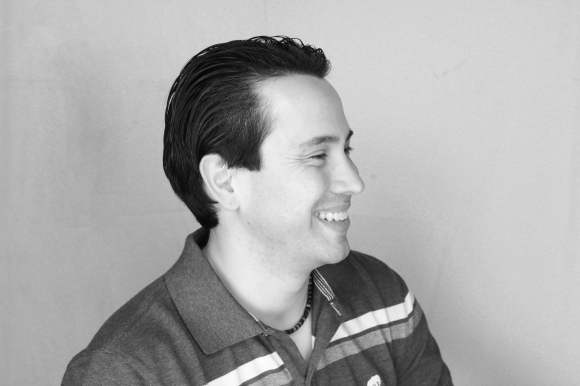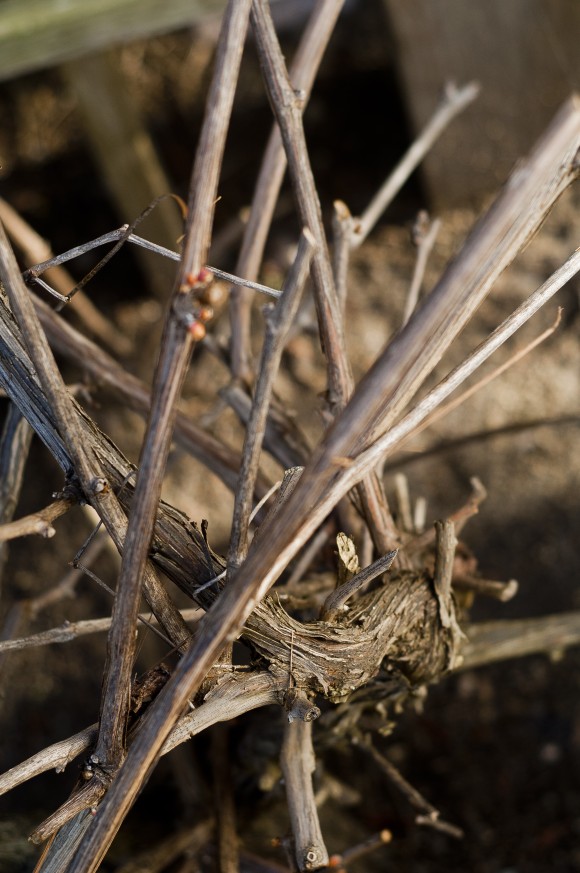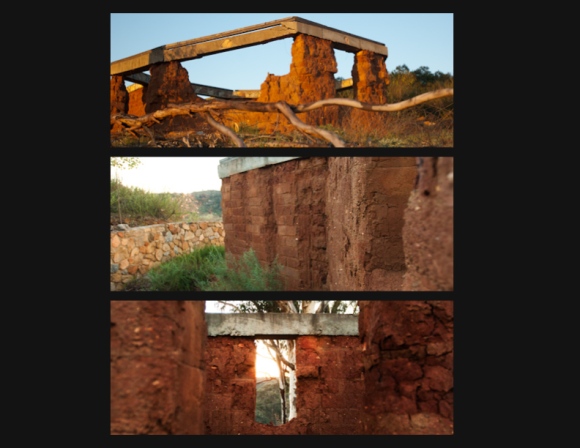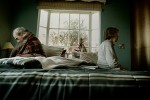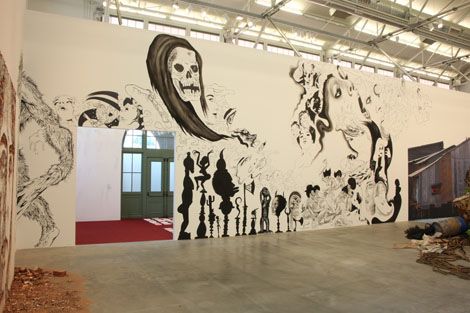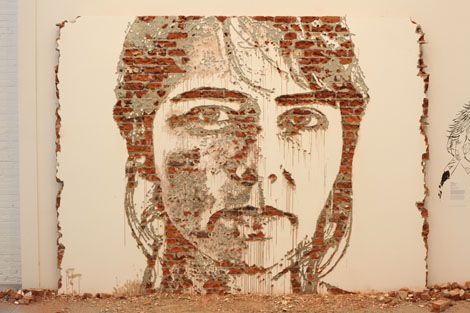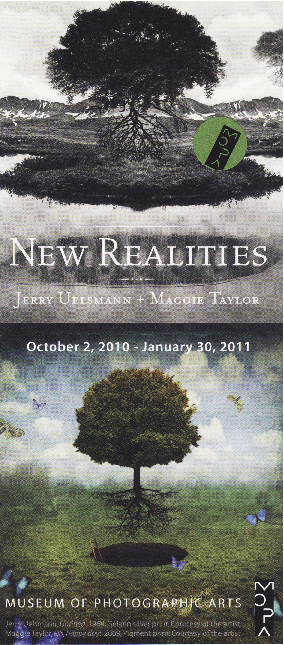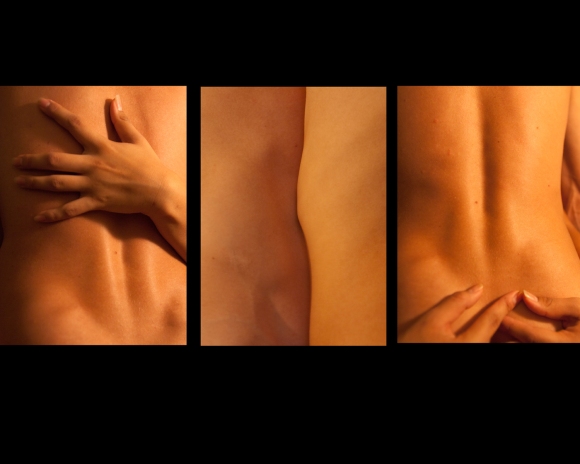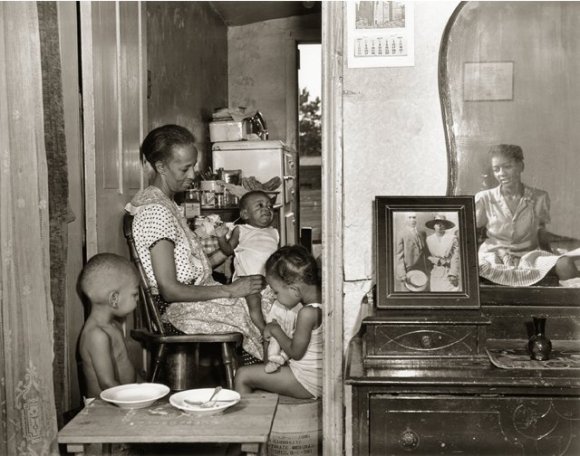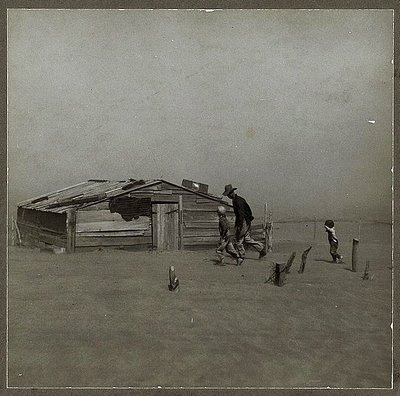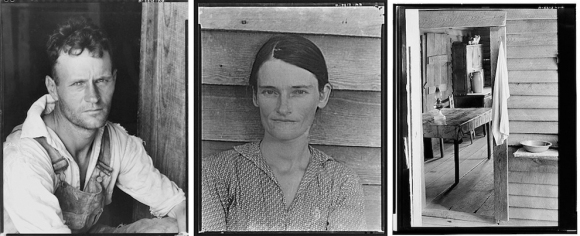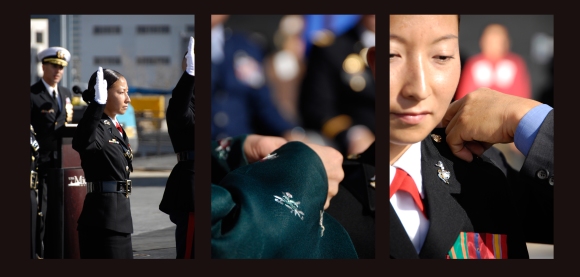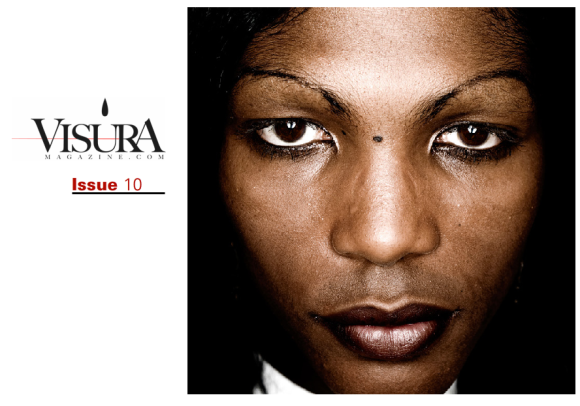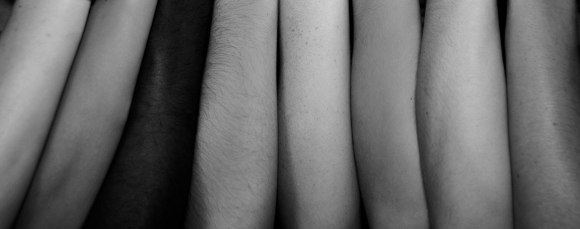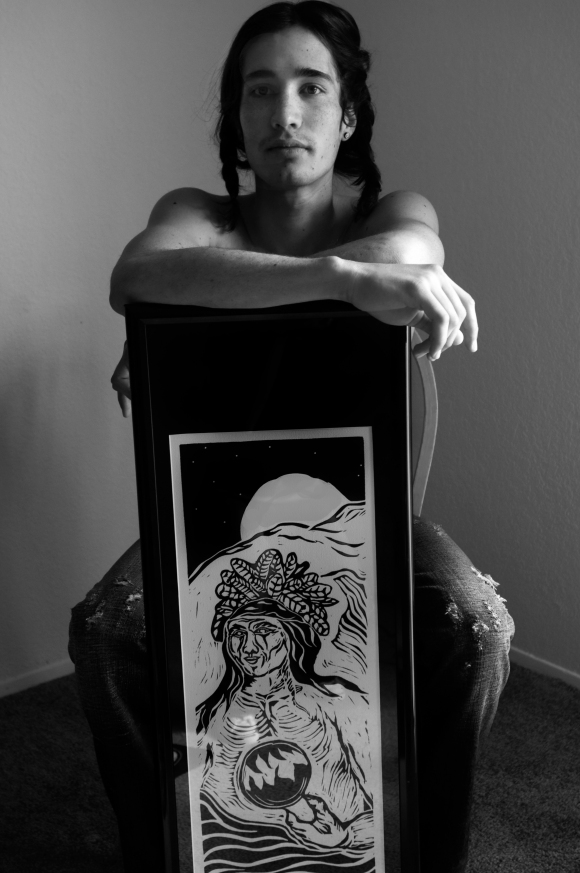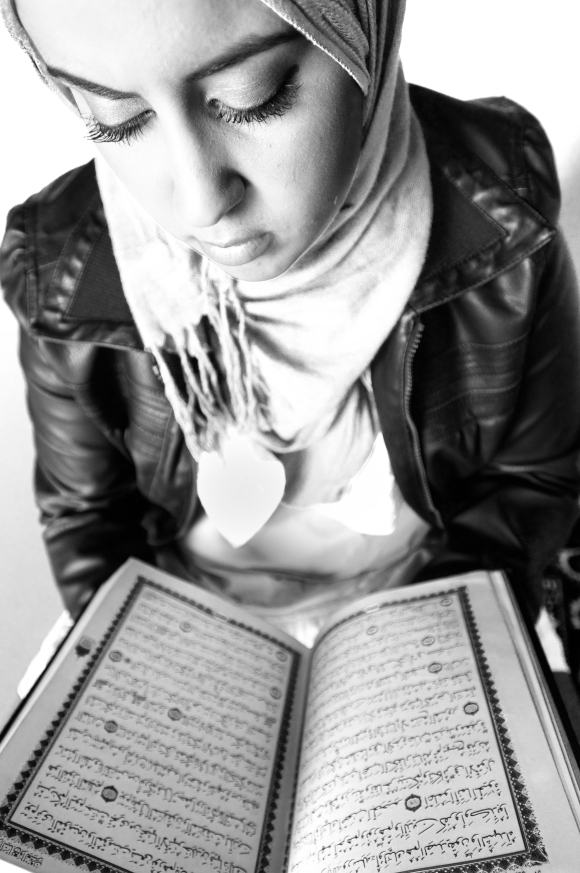Category: Uncategorized
Photographing the Alphabet
This assignment is to transform everyday images into letters. We will be photographing the alphabet by using different techniques of composition, cropping, angles, colors and shapes. The point of this assignment is to use the skills you have developed in the class and show the techniques you have learned. This is a very fun, challenging Thing to do. It makes you think outside the box a bit, and look at things around you a little closer. You will have about 45 minutes in of class time to explore the campus and outside perimeters to find your alphabet.
Simple RULES:
-You CANNOT use words or other letters ( signs)
-You CANNOT make your own letters
-You can shoot from above, below, side, or forward
-Uses shadows, colors, light, shapes and crop
-You can turn images upside down, but you cannot use the same image twice.
-Don’t go search letter by letter, search whatever you see.
– 45 minutes, come back to class edit
This is assignment is fun and gives everyone a different perspective. You will be able to create your own displays and you can even use them for gifts later on 🙂
Here are a few examples:
A book I made for my daughter SID’s abc’s:
San Diego Botanical Gardens
Today my Advance photography visited the San Diego Botanical Gardens. They had a wonderful landscape area, but we focused on the California Native Plants.
For my project, I will be focusing on the Rhus integrifolia, also known as Lemonade Berry, Lemonadeberry, or Lemonade Sumac. Which is a shrub to a small tree. Lemonade Berry’s leaves are simple (unusual in a genus where most species are trifoliate), alternating, evergreen and leathery, ranging from two to four centimeters wide on reddish twigs; length of leaves is five to seven centimeters.Leaves are toothed with a waxy appearance above and a paler tone below. The flowers which appear from February to May are small, clustered closely together, and may be either bisexual or pistillate.
Here are a few images.
Triptych’s with Lightroom
San Pasqual Reservation
In my Advance class, we continue to collaborator with the students from Dr. Joely Proudfit’s American Indian Political and Economic Development sociology class and Dr. Bonnie Bade’s Community Ethnobotany anthropology class. Today we visited the San Pasqual Reservation, a beautiful piece of land. The students planted new life to the Reservation. I also encountered and captured some old historical sites and beautiful portraits. I always remember the ways of Chip Maury a great mentor of mine, who says “eyes, nose and mouth” when capturing portrait shots.
After, we ate some delicious natural food. Simply foods of stew, whole grain rice, quinoa, and vegetables that were so easy to cook. Of course, I filled my tummy right away, but should have taken pictures of the delicious food first!
In this image I played with focusing and creating a different depth of field. Blurring out the bottom and top of the picture, only focusing on the center chips.
I am not much of a landscape photographer, but this image caught my eye.
Finding the Motivation
Lately, it has truly been a battle to pick up my camera and photograph. Something that I love to do so much, has suddenly felt like a job. The relationship that I have with my camera was so strong, yet these days it seems as though we just fight. There are even days were I let the batteries die, so I have an excuse not to photograph. There are some days were it feels completely forced.
Where’s my motivation? Did it leave once Savannah left?…
Applying for an MFA, Masters in Fine Arts, was so exhausting that I lived in dark hole. Is that were my motivation left, once it felt like a job instead of something I love. Does it need me as much as I need it? I guess a little like my relationship with my daughter…. do I need her more than she needs me. Oh the challenges of life and the path that we take. I truly believe that life is journey, not a destination, but these days, I don’t like my journey. I want to get to my destination, I want answers. Patience. Something I need to remember. Maybe I will just be sassy like Savannah, she seems to get life. 😉 
Elfin Forest Recreational Reserve
My advance photography class ventured out to the Elfin Recreational Reserve. I loved the area that we were in! It was amazing to be amongst the beautiful green and stream. The lighting was very illuminate as the sunset began to set. Here are a few images.
Deborah Small talking amongst the students.
Elaine shooting the image. Getting low and pointing up!
We saw some broken glass on top of a hill, I decided to take some pictures of it. However, it wasn’t coming out the way I wanted. I started to play around with my shutter speed and shoot from above and twist my camera. I figured this was my “fine art” piece.
Plant.
Playing with dead debris and Elaine fancy jewelry.
I loved the sap on the branch and the orange vibrant color from the perfect cutoff.
When Jermaine (my classmate and friend) mapped out our quest for museums of the day, I relied on him to make sure all the exhibits were up! hahaha, I shouldn’t have trusted him so much, just kidding! We both had no idea that the exhibit closed the day before! I was a little bummed out, not to be able to see this exhibit, because I heard such great reviews about it. Not to mention, the walk around Horton Plaza is seriously a maze (which it was built like that) in trying to get anywhere! Hence our adventure continued, even though we didn’t get to see the work.
When I checked on the website, I saw some beautiful images that would have been nice to see. However, I was not as impressed with winners though. Maybe I was missing or maybe it’s because I am not that intrigued with Landscape. I also recognized some of the images from Grad students who I met at the Society of Photographic Education, conference about a month ago. I remember seeing their work on the website and at the review for grad students. I hope to make time for another museum, but at this time, it might have to be after the semester.
Here are a few images I snagged off the website.
I have never been down the Museum of Contemporary Arts in Downtown and never realized it was a museum. Even though it took me forever to manage my way down the streets of downtown, I had finally found it. But when I got there, I was excited, but disappointed as I had to pay because I was over 25! Way to realize your old when you have to pay for museum admission. When driving there, we did encounter two of the pieces that were part of the exhibits. Along the streets of San Diego, are the images of art tour that connect with the Urban Landscape. I felt as though the “VIVA LA REVOLUCION” is an enormous artistic gift to San Diego, and yet, San Diego makes it possible.
“Moris’ 2010 work “Landscape 7” portrays wistful, nostalgic American suburban dwellings in dreamlike murals on recycled materials in a gritty, desolate installation. The elongated basketball hoop of “Stax,” a 2009 piece by Mark Bradford, is filled with papier-mache balls, suggesting the pliant nature of cultural tradition. The Date Farmers’ 2010 piece “Ghost Dogs” shows sentinel hounds as town criers reacting to violence (a genuine canine behavior). The intriguing naming history of UCSD’s Thurgood Marshall college is the content of William Cordova’s “untitled (lumumba-zapata).”
(Reference: http://empbalise.blogspot.com/2010/07/exhibition-review-viva-la-revolucion-at.html)
Here are few pieces that I enjoyed:
This piece was amazing. The time that it took to do this and the detail, although in black and white is awesome. It was very haunting for me, but you couldn’t take your eyes off of it because you wanted to see where it continued to lead.
This was another piece I saw on our way over there. I don’t remember what street it was, but I remembered I didn’t notice it at first. I noticed that it look like some sort of video game to me and it didn’t really interest me.
This piece was one of my favorites! I was amazed at the detail on the surface and how much time was invested into this piece. I was also amazed that it was all done on brick, which I find even more amazing to put “art” on. This piece was by VHILS, ” Scratching the surface.” It always makes you curious about who the portrait is about. Who is this person? I also love it because they eyes are mesmerizing. In photography you always want to do your best to capture the essence of someone’s portrait by their eyes, but this piece does that and more. I love it!
This was also a wonderful piece. It was kind of hidden in the back of the museum. I was first drawn to the pictures because I could tell that they were portraits of different people on film strips, which I am always glad to see someone working with film. When I sat down and started watching, I was astonished that someone had taken the time to put up images on trains and towns. My favorite part was when the train rolled by and changed the eyes of each smile or face. I am continually working on a diversity piece and this artist amazed me and they way they portrayed the diversity of this town. I wish I remembered the artist.
If you have the time, get in your car and do the drive, its pretty interesting graffiti art.
I was very excited for the exhibition because I love Jerry Ueslmann and his wife Maggie Taylor. I took an interest in Uselmann’s work last year in the fall semester. I consider myself a traditional photographer, that started with black and white film and his work amazes me. He uses 8 enlarger’s to make his prints, which is very time-consuming and takes a lot of patience. For those who have worked in a dark room before, you know how long it takes to expose a print and then move it into the next enlarger, and then through three different chemical for processing. I love it and in a weird way, I also miss being in a dark room.
His collaboration with his wife Maggie Taylor is amazing digital photo manipulation. Her work reflects Uselmanns prints too and her bold use of color makes her images stands out. Even though there work is very different, they both use references of early psychology. Uelsmann’s photographs are similar to f Carl Jung, while Taylor’s contemporary exploration of surrealism is a reflection of both Jung and Freud. This exhibit is amazing and I recommend everyone to take the time to see it and really study each piece.
The “Seeing Beauty,” is also one of my favorite exhibits. I enjoy seeing this one and I think its amazing that they carry this collection. I love to photograph the nude because I feel that everyone’s body is so different in color, shape and tone. The body amazes me, so I always enjoy the way people portray “beauty.”
My favorite quote from the exhibit ” Why do we find somethings more beautiful than others?” Something to definitely think about.
Trips
I have taken a liking to social documentary over the last year. I am currently in a critical history of photography class, which has been a very informative class about the different types of photographers there are. I couldn’t decide which photographer I wanted to do for my third entry because I have so many I want to list. However, I can’t help but understand that social documentary really started with people like Lewis Hine and Robert Frank. Along with those wonderful photographers, was a group of photographers that really took it to another level during the great depression.
The Farm Security Administration(FSA) was an effort during the Depression to combat American rural poverty. It was President Roosevelt’s primary mission was not to aid farm production, or prices, but it was to help with the agricultural policy and try to decrease agricultural production to increase prices. During this time, Photographers and writers were hired to report and document the plight of the poor farmer. The Information Division of the FSA was responsible for providing educational materials and press information to the public. Under Roy Stryker, the Information Division of the FSA adopted a goal of “Introducing America to Americans.” Many of the most famous Depression-era photographers were fostered by the FSA project. Walker Evans, Dorothea Lange, and Gordon Parkswere three of the most famous FSA alumni.
These photographers captured an essence of America during its, literally, most depressing time in history. They focused on poor conditions among cotton tenant farmers, and the very poor conditions among migrant farm workers. The focused on the families and really related to the people of America during this time. The showed people’s story and they showed people’s struggle. Everyone has a story, and during this time, these photographers were telling people’s story through their lens.
Dorothea Lange
Gordon Parks
Arthur Rothstein
Walker Evans
The Eddie Adams Workshop is a four-day gathering of the top photography professionals, along with 100 carefully selected students on October 8-11: Barnstorm XXIII in Jeffersonville, NY. The photography workshop is tuition-free, and the 100 students are chosen based on the merit of their portfolios. Every year I miss my opportunity to go because of school or work or childcare. Next year I plan on applying and I hope to be selected. I learned about this workshop from my fellow military photographers Shane McCoy and Brian Aho. They run another workshop called the DC shoot out, which is a three-day shoot out in Washington DC.
About Eddie Adams (1933 – 2004)
 With his signature hat, ponytail and unassuming disposition, one might not realize that photographer Eddie Adams covered 13 wars, beginning with a stint as a Marine Corps combat photographer in Korea in the early 1950s and ending in Kuwait in 1991. He did three tours of Vietnam with the Associated Press and won the Pulitzer Prize for photography for his shot of a Viet Cong lieutenant being executed at close range on a Saigon street by a South Vietnamese general. In his more than five decades as a working photographer, Adams received more than 500 awards honoring his work, including World Press, New York Press, National Headliners and Sigma Delta Chi Awards. He said he likes getting them; that they’re nice. But he didn’t display them. He didn’t display that famous photo from Vietnam, either. If he’d had his way, that photo would never be released for publication again.
With his signature hat, ponytail and unassuming disposition, one might not realize that photographer Eddie Adams covered 13 wars, beginning with a stint as a Marine Corps combat photographer in Korea in the early 1950s and ending in Kuwait in 1991. He did three tours of Vietnam with the Associated Press and won the Pulitzer Prize for photography for his shot of a Viet Cong lieutenant being executed at close range on a Saigon street by a South Vietnamese general. In his more than five decades as a working photographer, Adams received more than 500 awards honoring his work, including World Press, New York Press, National Headliners and Sigma Delta Chi Awards. He said he likes getting them; that they’re nice. But he didn’t display them. He didn’t display that famous photo from Vietnam, either. If he’d had his way, that photo would never be released for publication again.
Adams photographed some of the most celebrated people in the world: Ronald Reagan, Fidel Castro, whom he liked, and Pope John Paul II; Jerry Lewis, Clint Eastwood and Bette Davis; Big Bird and Mickey Mouse. All of them, and many more, have looked into Adams’ lens. He remains one of the most published photographers in the U.S., with his work gracing the pages of newspapers and magazines like TIME, VOGUE, VANITY FAIR and PARADE. His career spanned journalism, corporate, editorial, fashion, entertainment and advertising photography. He photographed leaders in all fields, from politics to the superstars of film, television, sports and high fashion. His portfolio includes one-on-one sessions with seven U.S. Presidents and sixty-five Heads of State. “Eddie’s genius is his talent for capturing tension in every photo, whether it be the still of a murder or the animation in the eyes of a movie star,” says PARADE Chairman Walter Anderson. “He is eclectic, incomparable and cantankerous. He is unyielding in the pursuit of excellence.”
It’s not the war photos or the celebrity photos or the awards that define what’s most important about Adams’ work. It’s the photos that have moved and inspired people to do good; the photos that have led to important change in government policy and people’s lives. He was proud of his 1979 shot “Boat of No Smiles,” depicting 50 Vietnamese on a 30-foot fishing boat fleeing their homeland. It was such a dire time for them, not even the children on board could find pleasure in a boat ride. It was Adams’ photo of these “boat people” that ultimately led Congress and President Jimmy Carter to open the door to the U.S. to more than 200,000 Vietnamese refugees.
In 1995, Adams created a photo essay for PARADE of some of “the most amazing, most beautiful children in America.” One image — that of a 3-year-old with leukemia, who was photographed with her security blanket — moved one woman so much that she started an organization. Project Linus, founded by Karen Loucks, is a non-profit that provides security blankets to children who are seriously ill, traumatized or otherwise in need through the gifts of blankets and Afghans created by volunteers. Today, there are more than 300 chapters of Project Linus in the U.S. and abroad.
Adams began his photography career as a high school student in Kensington, Pa., shooting weddings and other events for $20. He eventually got a job with the New Kensington Daily Dispatch. From there, he went to the Enquirer & News in Battle Creek, Mich., and the Philadelphia Evening Bulletin. In 1962, he joined the Associated Press. After a decade, Adams left the AP for TIME magazine and freelance work. He rejoined the AP in 1976, where he was the first and only photographer to hold the title of special correspondent. In 1980, Adams became a PARADE magazine photographer and, from 1982-2004, was a special correspondent to PARADE, which has featured more than 350 of Adams’ photos on its cover over the years.
Eddie Adams passed away on September 19, 2004. His legacy continues in the annual photojournalism workshop, Barnstorm: The Eddie Adams Workshop, which he created in 1988, and is still running strong today.
Eddie Adams is a great photographer and I have taken a huge interest in his photography. He has definitely been a huge interest of mine and I have always enjoyed his work.I really hope to attend the workshop one day.
This workshop is great, because you get to meet some of the best photographers in the country and you spend four days with amazing photographers like yourself. The workshop is divided up into different color teams and everyone works together. Throughout the workshop there are guest speakers and you get to enjoy the equipment of Nikon and Apple products. You can also watch the workshop by the stream live Eddie Adams Workshop. Click on the stream live button on the right hand side. Also, I suggest that you take the time and navigate through the photos that students are submitting and the different techniques that are being used. Have fun and enjoy! And I hope that you all apply next year!!
The Diptychs, Triptychs, Polyptych
I have used the idea before when I was working with the Navy. We usually did it as a way of trying to get your story down to three photos. Usually when you are writing and photographing a story, you generally want to get your 5 best photos. This idea makes you really want to get the point across in tiny frame, forcing you to really crop and compose your pictures in an idea that gets the viewer’s attention.
This is an old friend of mine, Sin Carrano who was being pinned as an officer, of the United States Marine Corps.
I came across this artist in the Visura Magazine and was immediately drawn to him. Joseph Rodriguez is an amazing social documentary photographer and photojournalist. For two decades, Joseph Rodriguez has traveled the world, documenting human struggle and redemption. His past projects have taken him to Romania during the end of the Cold War, to Zambia to chronicle the AIDS orphan epidemic, to Afghanistan and Pakistan in the wake of the 9-11 attacks, and to Argentina’s imploded socio-economic cosmos shortly after. He also documents the domestic landscape of America’s society, which is why I have taken a liking to him.
His work in the United States has taken him to explore the lives of ordinary people and share their stories. He documented Katrina during the hurricane and two years after, which nobody really did. He set out to photograph how people, two years after Katrina, still had no home and waiting for help. I too, took pictures during and after Katrina. New Orleans is like my second home and I was in “awe” when I saw the damage that the hurricane had done. I also took pictures on the 5 year anniversary and documented the homes and steps that were still left behind.
He also has explored the resurrection of his own troubled youth to reach children in Northern California’s juvenile justice system; and in rare, brutally present images of East L.A. gang families. He recent work is called ” Reentry in Los Angeles,” which has to do with the American Violence in American and the effects that it has on families falling apart, unemployment, drug abuse and prison life. He shows the continued growth of the prison industry and the how it impacts the lives and future of the people.
His photography is very different from anything I have really seen. But I like him because he wants to help people, but allowing them to tell their story. I feel like everyone has a story, no matter what age or color you are, everyone has a story to tell. In a way, I am kind of like Rodriguez, because I feel the same way and right now with the project I am working on.“It’s not very popular, the kind of photography I do. I feel like the beat generation. But this is a very important point – it really is for the people, it’s about the people.”- Rodriguez
Visura Magazine
Last week, my Professor Deborah Small showed a series of different artist and websites. I took a liking to the Visura Magazine and the different artist that it had. I liked the magazine because it informs you of different artist around and workshops. I ended up staying on Visura’s website for a while and was navigating around looking at different artist. One artist that I took an interest to was Joseph Rodriguez. He is an artist that works within social documentary, taking photographs of everyday life. He photographs people to tell their stories, so that we society can have a better understanding. He works a lot with the News America Media website, which is a website that is expanding the “News Lens through ethnic media.” The website lead me to stories on what my documentary project is about.
I love when I informed of new websites or new work. It allows me to see whats out there in photography and how different social mediums are being used. I enjoy being informed of new artist and new techniques. I feel as though it helps you as a person and as an artist. It helps me to become a better artist and really be in touch with what I can do. Sometimes school can be so overwhelming, but its classes like these that make me enjoy my last year in college.
For the last several months, I have continued to research this idea that entered my mind last year. The fall semester of 2009, was my first semester back in college from a six-year break. I have been in the United States Navy as a trained Combat Photographer, but I felt as though I was missing something. I came back to college for a number of reason, but one pertaining to the idea of how much I loved photography and wanted to share my experience with it in some way. I loved to teach and I have always wanted to teach something that I love, so why not photography.
In my journey of my last two years to obtain my Bachelors degree, I beginning researching what age and group would I like to teach. Being back in college and seeing how the enthusiastic response of college students who were majoring in something they loved, I figured this was the age for me. With that in mind, I beginning researching how I would start this new calling in my life, and in order for me to teach, I would have to obtain a Masters in Fine Arts in Photography. But where to go and where to start?
I started talking to my advisors and my professors at Cal State San Marcos (where I will be finishing my Bachelors Degree in Visual Arts this year) about what I steps I needed to start taking. They suggested more writing, a set portfolio, and researching schools. But mainly, the focus on my portfolio and what exactly I wanted to focus my attention on. Would it be portraits, landscape, contemporary or conceptual? I had no idea where to start. Since I was mainly a documentary photographer in the Navy, I began to take a liking to that. But I also loved to take portraits of people and the body. So where do I go from here?
Well in the Fall of 2009, I look a class taught my Anthony Merritt, called ID340, Diversity and Discrimination in the US. For the first time, I felt like I was really learning the history of America, not just taught by the standard history book, trying to pass for the AP test in high school. It opened my eyes to a lot of my surroundings and things that had just recently happen to me and things that were happening my own history.
Being in the Navy really opened my eyes to things I have never been exposed to. More importantly they had me really questioning what it is to be an American. For the first time in my life, I had been exposed to racial comments, not even in a foreign county, but right in my home, America. My first incident happened when I joined the Navy, and was at boot camp. There were a few young ladies who looked at me funny and didn’t understand all the cultures that surrounded them, but that was because they had NEVER seen a black, mexican, asian or homosexual person in their life. They had been sheltered in their own household, in AMERICA and now were being thrown out to the dogs, were they were forced to along with different cultures, religions, and ethnicities for two months. And not even two months, they had signed up for four years, way to get a welcome to America card!
My second incident happened when I was 22, and I was visiting my, then husbands, family in the south. New Orleans, Louisiana, a place I had learned to love and had been there several times. This time was different though, this time was after Katrina, the hurricane that changed everything. We were coming out of church, and my a friend of the family was talking to my mother in law, she asked if I was Mexican, and I said ” yes,” she remarked ” your people are doing a great job cleaning up our city.” I thought wow, my people… Then she remarked, “Are you from California? do you speak spanish?,” I said “yes,” she said ” oh that’s great, are you going to teach Savannah ( my daughter) spanish,” I thought to myself, why does that matter, but ” yes, yes I am,” she said ” well that’s great, cause your people are gonna take over, ya know! Everyone is going to need to learn spanish!” I looked at my husband (at the time) and he looked back to me, as we walked to the car, I asked him, ” did that really just happen?”
The third incident happened while I was taking the class, Diversity and Discrimination in the US. I was deployed to a small country called Brunei, for a small two-week deployment. There were two incidents that happened to me and this is where I began to think about, this question, “What makes an American?”… When I got off the plane, and caught a taxi, the guy asked me where I was from. I said America. He said really, you look like your from the Philippines, I said no, I am American and my family is from Mexico. At the time , I didn’t really think about it, but then the second incident happened. I was in my Naval Uniform, working whites, and I was eating breakfast. A young man from the Brunei’s Army approached me and striked up a conversation with me. He then proceeded to ask if I was American, I was like yes, (duh I am in a Navy uniform) he said, we’ll you don’t look American. I looked at him, and smiled, and asked “what does an American look like?”
Which comes to my ongoing researching of ” What DOES an American look like?” What exactly makes an American these days? What makes us American? More or less, “How do you define American culture? Isn’t the 14th Amendment enough?
My proposal for the project as well as an ongoing Proposal for my portfolio, is trying to document “What is an American?” I have a couple of ideas running through my head, but I mainly want to focus my documentation on that. In 1955, Edward Steichen, an American photographer, started a project that was called, Family of Man, that featured 503 photos taken by 273 photographers in 68 countries, that captured the essence of universal elements and emotions of everyday lives in the world. I want to try this in America…
Like One in Million in New York, I am attempting to create a film strip, that will have anybody who wants to tell me their story of how they got here to America or if they were born here, where their family is from and what makes them an American. Everyone has a voice and a story, I want to be able to tell their story for them. I don’t know if this will really go anywhere, but my hopes are that it does. I got to start somewhere, right?! or My second proposal is just to photograph my daughter, she is always fun!
Working With Lightrooms Slideshow
Again working with the same images, but developing a slideshow was fun. Here is a sample, nothing special, but fun to work with the idea.
Working with Lightroom
Right now I am really focusing on working on my portfolio to apply for my Masters in Fine Arts this semester and these are some images I have been working on. These images were taken on the anniversary of Katrina after 5 years. New Orleans, LA and the Kiln, Mississippi is my second home, so to see that some of the destruction is still not fixed is saddening.
Exploring with lightroom has been fun, so I was just playing around with the different presets. I really like the creamstone colors. We will see what I end up using.
Here are the befores and afters:




